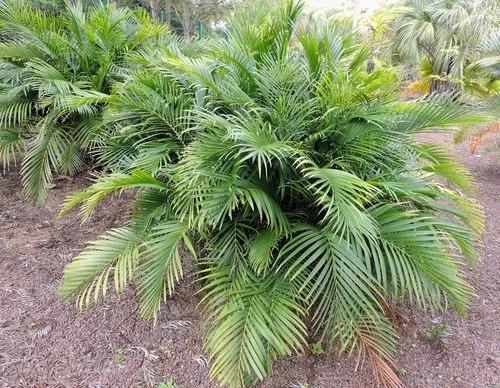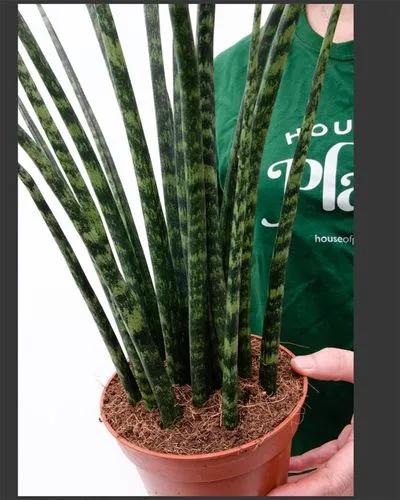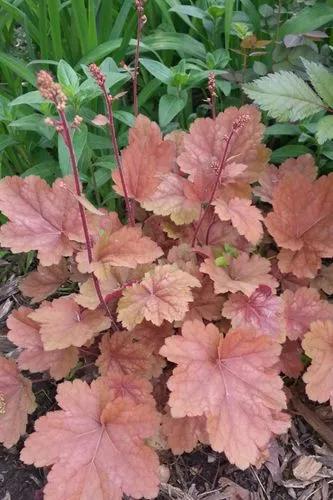The trees have been widely planted in tropical regions, including lowland Central America, northern South America, and the Caribbean.In addition to the fruit serving as a staple food in many cultures, the light, sturdy timber of breadfruit has been used for outriggers, ships, and houses in the tropics. Breadfruit is closely related to Artocarpus camansi (breadnut or seeded breadfruit) of New Guinea, the Maluku Islands, and the Philippines, Artocarpus blancoi (tipolo or antipolo) of the Philippines, and Artocarpus mariannensis (dugdug) of Micronesia, all of which are sometimes also referred to as "breadfruit". It is also closely related to the jackfruit The trees are monoecious, with male and female flowers growing on the same tree. The male flowers emerge first, followed shortly afterward by the female flowers. The latter grow into capitula, which are capable of pollination just three days later. Pollination occurs mainly by fruit bats, but cultivated varieties produce fruit without pollination. The compound, false fruit develops from the swollen perianth, and originates from 1,500-2,000 flowers visible on the skin of the fruit as hexagon-like disks.
Flowering Tree Care
Artocarpus Altilis



Breadfruit is an equatorial lowland species. It grows best below elevations of 650 metres (2,130 ft), but is found at elevations of 1,550 metres (5,090 ft). Preferred soils are neutral to alkaline (pH of 6.1–7.4) and either sand, sandy loam, loam or sandy clay loam. Breadfruit is able to grow in coral sands and saline soils. The breadfruit is ultra-tropical, requiring a temperature range of 16–38 °C (61–100 °F) and an annual rainfall of 200–250 cm (80–100 in). Breadfruit is 71% water, 27% carbohydrates, 1% protein and negligible in fat (see table). In a 100 gram amount, raw breadfruit is a rich source (35% of the Daily Value, DV) of vitamin C, and a moderate source (10% DV each) of thiamin and potassium, with no other nutrients in significant content.Breadfruit is closely related to the breadnut, from which it might have been naturally selected.It is noticeably similar in appearance to its relative of the same genus, the jackfruit (Artocarpus heterophyllus). Breadfruit has hundreds of varieties and thousands of common names varying according to its geographic distribution, and is cultivated in some 90 countries. The closely related Artocarpus camansi can be distinguished from A. altilis by having spinier fruits with numerous seeds. Artocarpus mariannensis can be distinguished by having dark green elongated fruits with darker yellow flesh, as well as entire or shallowly lobed leaves.
How to Care for the Plant

Popularity

262 people already have this plant 23 people have added this plant to their wishlists
Discover more plants with the list below
Related articles






